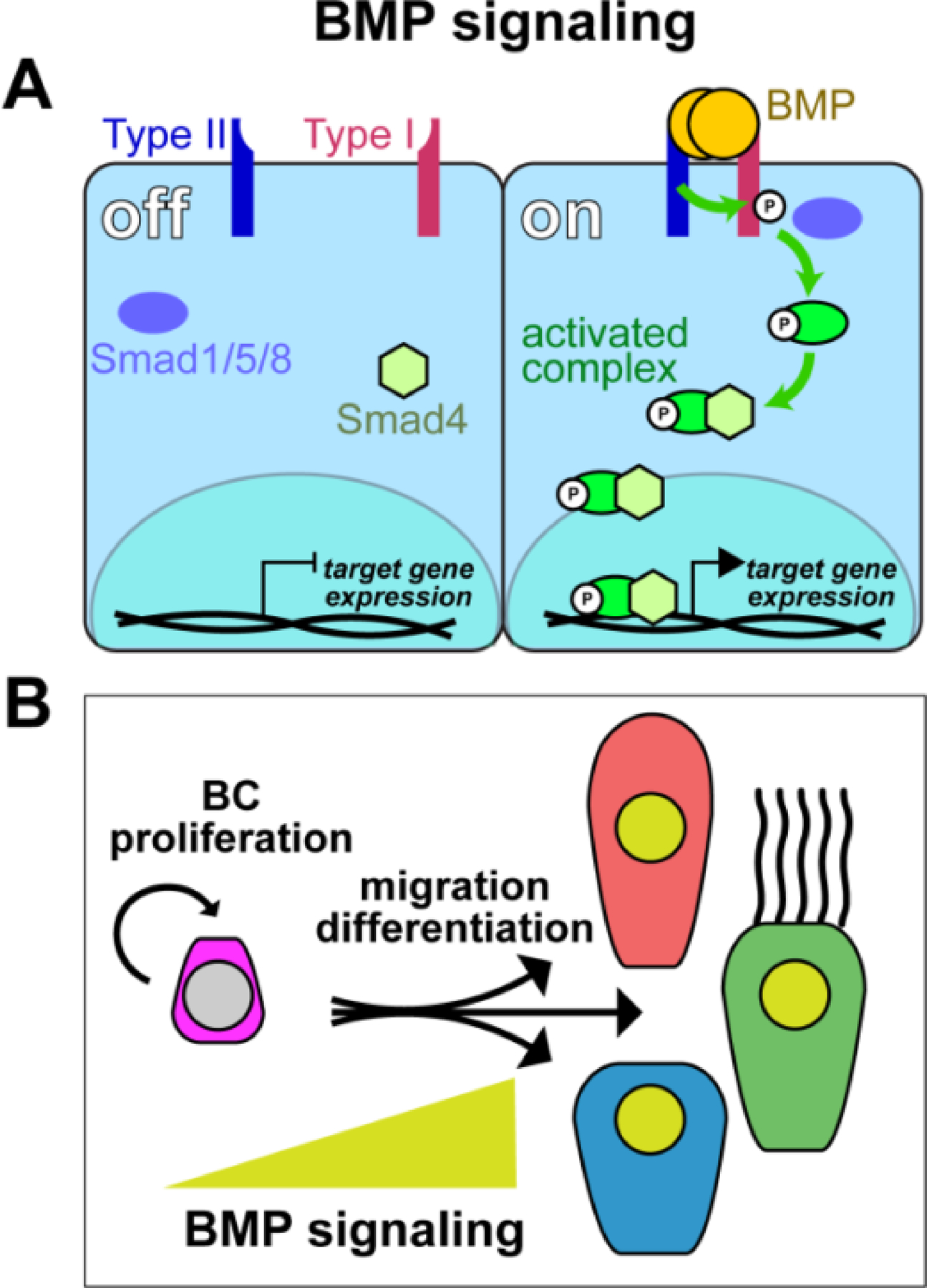Figure 4: BMP signaling requirements in mucociliary cell types.

(A) Simplified schematic representation of the BMP pathway. BMP ligand dimers bind Type I/Type II transmembrane receptors. Activated Type II receptor cross-autophosphorylates Type I intracellularly, which, in turn, activates Smad proteins by phosphorylation. Activated Smad1/5/8 then binds Smad4 and the complex can enter the nucleus, bind to DNA and activate target gene expression. (B) Schematic representation of proposed BMP regulated events in vertebrate mucociliary epithelia. Yellow triangle indicates increasing BMP levels in migration and differentiated cells. Low/no BMP signaling is required in basal cells for maintenance and proliferation, while elevated BMP signaling levels are observed during migration and insertion of cell types into the epithelial cell layer during differentiation.
